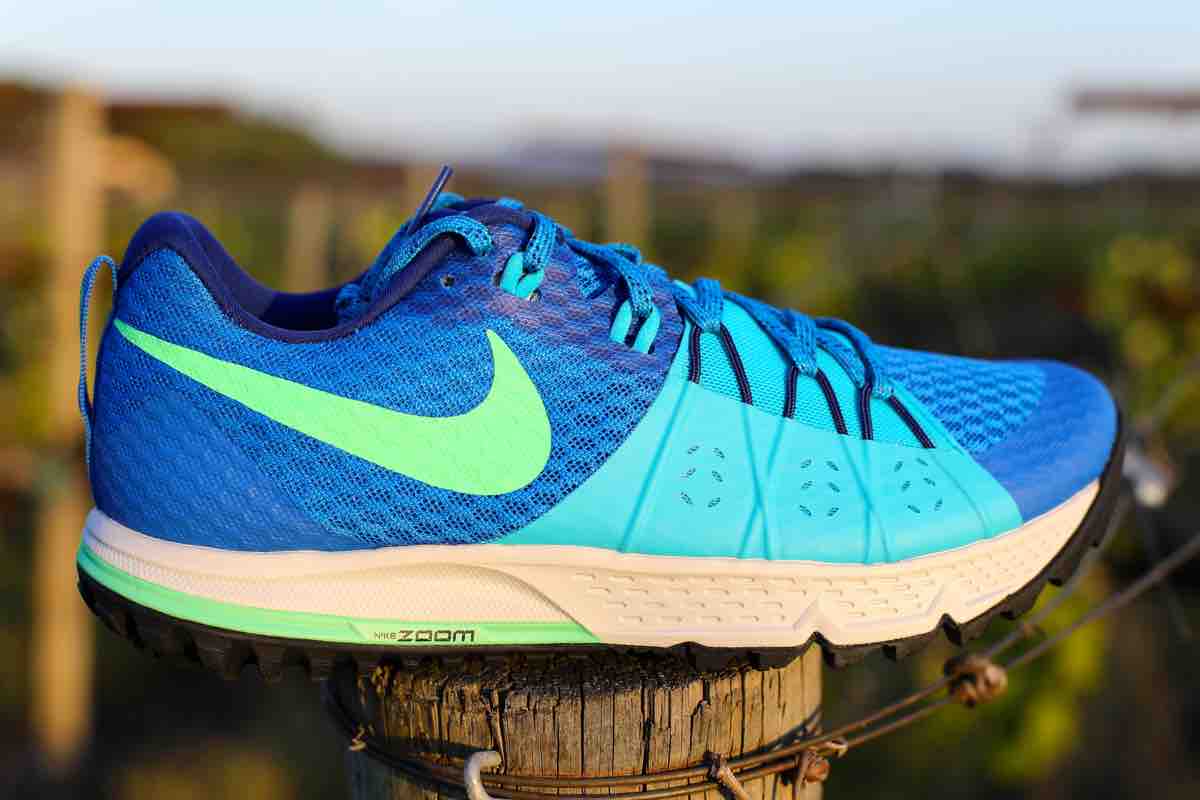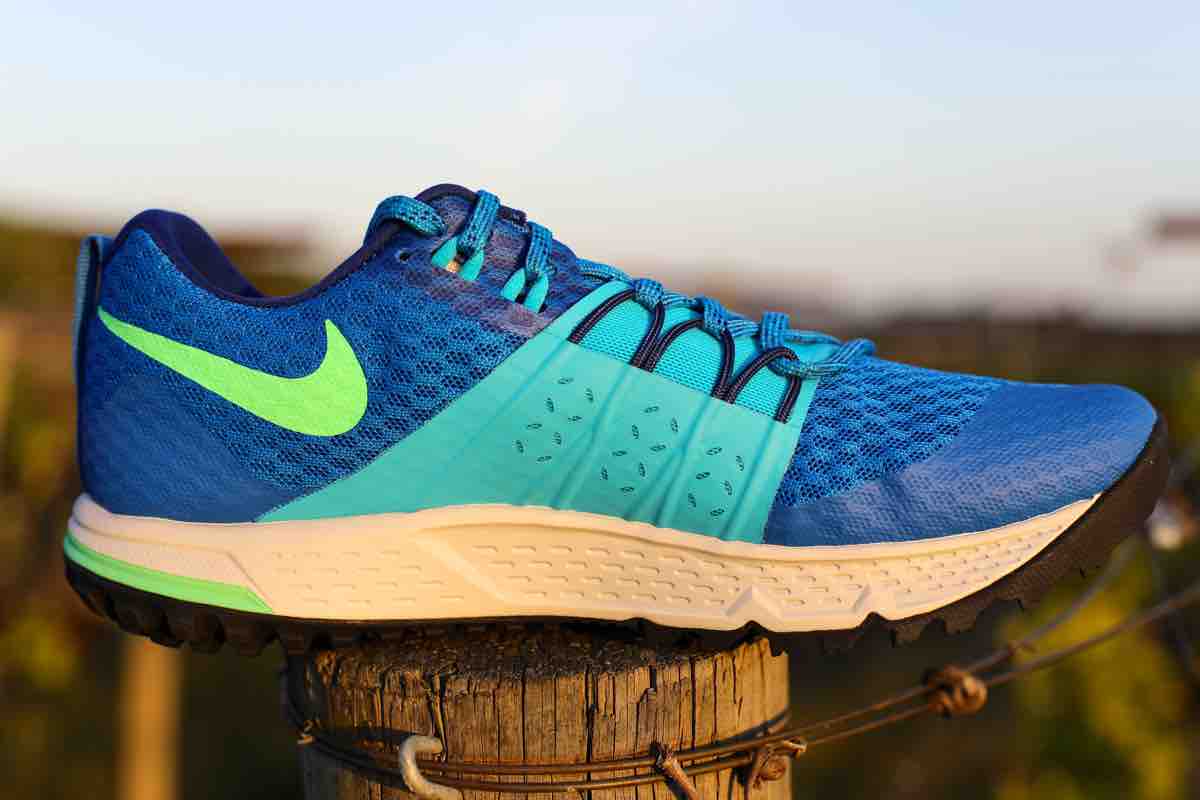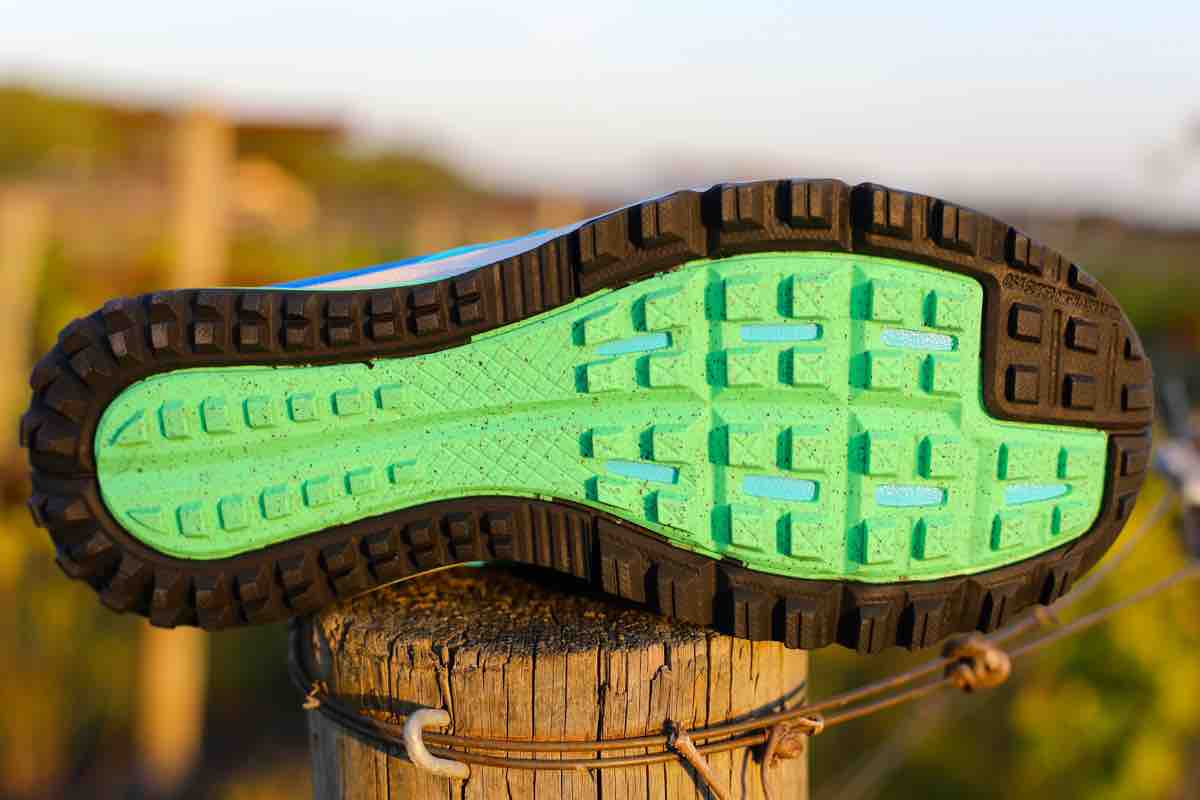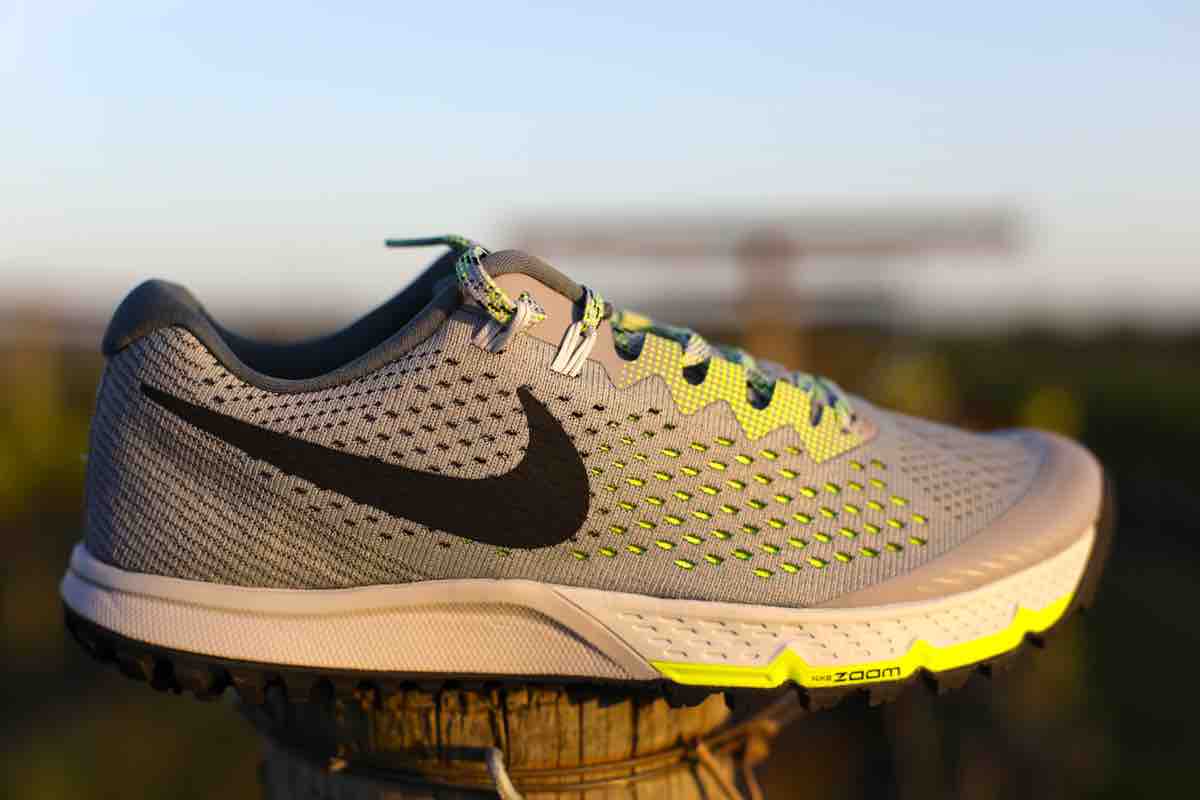For the latest on the Kiger franchise, you can read our Nike Kiger 10 review. Check out our Nike Wildhorse 10 review for the latest on the Wildhorse family of trail running shoes.
Our Favorite Trail Running Shoes
Check out our Best Trail Running Shoes article to learn about our current favorite trail running shoes!
Nike Air Zoom Wildhorse 4 And Air Zoom Terra Kiger 4 Reviews
The Nike Air Zoom Wildhorse and Terra Kiger have become mainstays on the trail-shoe market since they were released in 2013. While I have been a fan of every version of these shoes since their inception, I struggled initially with the bulking up of the Wildhorse in its third update, only to later relent after I realized how bombproof the shoe is. Remember, that initially the Wildhorse had a stack height of 14mm to 10mm versus today’s 28mm to 20mm stack height. Meanwhile, the Terra Kiger has been one of the best trail running shoes on the market for mid-distance trail and ultrarunning, and really stayed true to its roots. With these updated models, Nike retains what made the last models great while improving the durability of the Wildhorse and racing-flat feel of the Terra Kiger.
Nike Air Zoom Wildhorse 4 Upper
The upper is where the greatest amount of changes take place on the Nike Air Zoom Wildhorse 4 ($110), a neutral varied trail shoe in the realm of the Saucony Peregrine, Montrail Bajada, Altra Lone Peak 3.0, and the Pearl Izumi Trail N2V2. Nike uses an asymmetrical lacing pattern incorporating their Dynamic Flywire, which removes pressure off of the big-toe metatarsal, which had been a problem for some runners. In this updated version, the big toe is unencumbered and this works well for runners who struggle with bunions. The Flywire is supported by a “Midfoot fit system,” which consists of mesh overlaid with a welded-on rubberized compound that reduces the pressure of the Flywire on the foot. You can think of this as an external version of Salomon’s Endofit technology, just not quite as locked down.
A gusseted tongue underlays all of this midfoot material, which, given the durability of the Wildhorse 3, seems somewhat unnecessary with the added weight (0.4 ounces). With the Wildhorse 3 being nearly indestructible and runners getting upward of 1,000 miles on the shoe, I think that the design principle was aimed at providing lateral stability rather than durability. Indeed, the asymmetrical lacing takes the pressure off of hot spots, the rubberized midfoot wrap first seemed unnecessary in my opinion. However, it seemed to lock the foot down on off-camber trails and it could make the Wildhorse 4 even more durable?
Another improvement, in my opinion, is that the forefoot gets even wider on the Wildhorse 4, providing a very stable platform on even the most technical trails. We now have an incredibly robust trail shoe that weighs 10.7 ounces and can tackle any terrain. Nike uses a breathable dual-density mesh and surprisingly minimal toecap throughout the rest of the shoe, choosing instead to place the majority of the Wildhorse 4’s rigidity in the midfoot area.
Nike Air Zoom Wildhorse 4 Midsole and Outsole
To my knowledge, nothing has changed with the midsole and outsole of this shoe, which features a 28mm heel and 20mm forefoot, netting an 8mm heel drop. Nike’s Phylon midsole material is very much on the firm end of the EVA foam spectrum. While it isn’t terribly forgiving on hard terrain, it is incredibly durable and does not easily compress. The Wildhorse 4 also possesses Zoom Air pods in the heel, which make this a great shoe for runners with a full foot strike.
Nike uses their durable Stoneshield throughout the forefoot and midfoot of the shoe, which provides more than enough protection. As stated before, this is one of the most durable trail running shoes I’ve ever worn and it works with a lot of different foot types. The outsole is an elegantly simple waffle pattern with durable rubber that seems to grab just about every surface other than glare ice. The dividing line on the Wildhorse 4 will really be whether or not you are a runner who can tolerate firmer cushioning. If you are a runner coming from a minimal shoe, or a Salomon type of durometer midsole, Nike’s Phylon midsole may work great for you. However, if you’re a runner who relies more pillowy cushioning of a Hoka or Altra, then this is a shoe that probably will leave your feet sore.
Nike Air Zoom Terra Kiger 4 Upper
The Terra Kiger has always been a simpler animal than the Wildhorse, which changed from a lighter-weight and flexible trail shoe to a more robust shoe capable of handling 100 miles. The Kiger has always aimed at fulfilling the 50k- to 50-mile realm, and it works best on non-technical trails due to the lack of rock plate. Nike really dials in the upper here, using lighter-weight and more breathable mesh throughout the upper, which is underlined by a high-abrasion nano-skin layer aimed at keeping debris out of the forefoot and heel of the shoe. This technology works great without making the foot overheat, and to my knowledge it is the first technology of its kind.
The Nike Air Zoom Terra Kiger 4 ($125) retains the same overall forefoot width of its predecessor, which is plenty wide to accommodate most runners despite not coming in widths. Nike gets rid of the previously used Flywire technology in favor of a gusseted tongue and a more hugging midfoot fit. Overall, the Kiger 4 has the feel of a road shoe such as the Nike LunarTempo, with a stretchy and locked-in upper, while still featuring a great trail midsole and outsole.
Nike Air Zoom Terra Kiger 4 Midsole and Outsole
Nike continues to employ the same effective waffle sole pattern used on the Wildhorse 4. I think this outsole pattern works great unless you’re faced with thick mud and clay. The Tiger 4 also keeps the same “clownpuke” rubber, which is both cool looking and environmentally friendly due to its recycled nature. I can also feel the rounded heel in the Terra Kiger 4, which seems to roll with the ground and contributes to faster and almost minimalist-type running.
The midsole is the same as it’s ever been, using two Zoom Air pods buffered by Phylon Midsole material. The result is firm but forgiving, and the Terra Kiger has always been favored by forefoot runners. With a lower 4mm drop the overall stack height of the Kiger 4 is 24mm in the heel to 20mm in the forefoot, and certainly has enough protection for most runners throughout a 50k- to 50-mile race.
Overall Impressions
Nike has created two classic trail shoes that I feel every runner should at least try on. Both shoes have a nimble feel and every version gets better than the last. It is hard to argue against the Wildhorse being the best value for price per mile on the market. Meanwhile, the Terra Kiger continues to have a great, go-fast, cushioning-to-weight ratio that makes it a joy to run in. The durability of the Wildhorse 4 is certainly something to experience, and if you’re a miser or a runner on a budget looking for a shoe that can do it all, look no further. If the Wildhorse 4 seems like too much shoe for you at 10.7 ounces, the Kiger 4 has the same feel with added flexibility and softer forefoot cushioning.
In an era where Nike posts quarterly fiscal gains between seven to 10%, it is puzzling why they would choose to continue to only make the same two trail running models. While their road-shoe catalog boasts around 13 different models (give or take), trail running has remained a very low priority for Nike despite boasting arguably the most competitive trail running team around from 2014 to 2016. Hopefully this will change in the future and we can see a larger and more versatile product line.
Call for Comments (from Meghan)
- Do you run in the Nike Air Zoom Wildhorse or Terra Kiger? What features of these shoes do you particularly enjoy?
- Have you gotten your hands on a pair of Wildhorse 4s or Terra Kiger 4s yet? If so, what are your thoughts on the updates to the models?
[Editor’s Note: If you’re affiliated (i.e., an employee, ambassador, etc.) with a shoe brand, please share your relation in each of your comments on this article. Thanks!]








